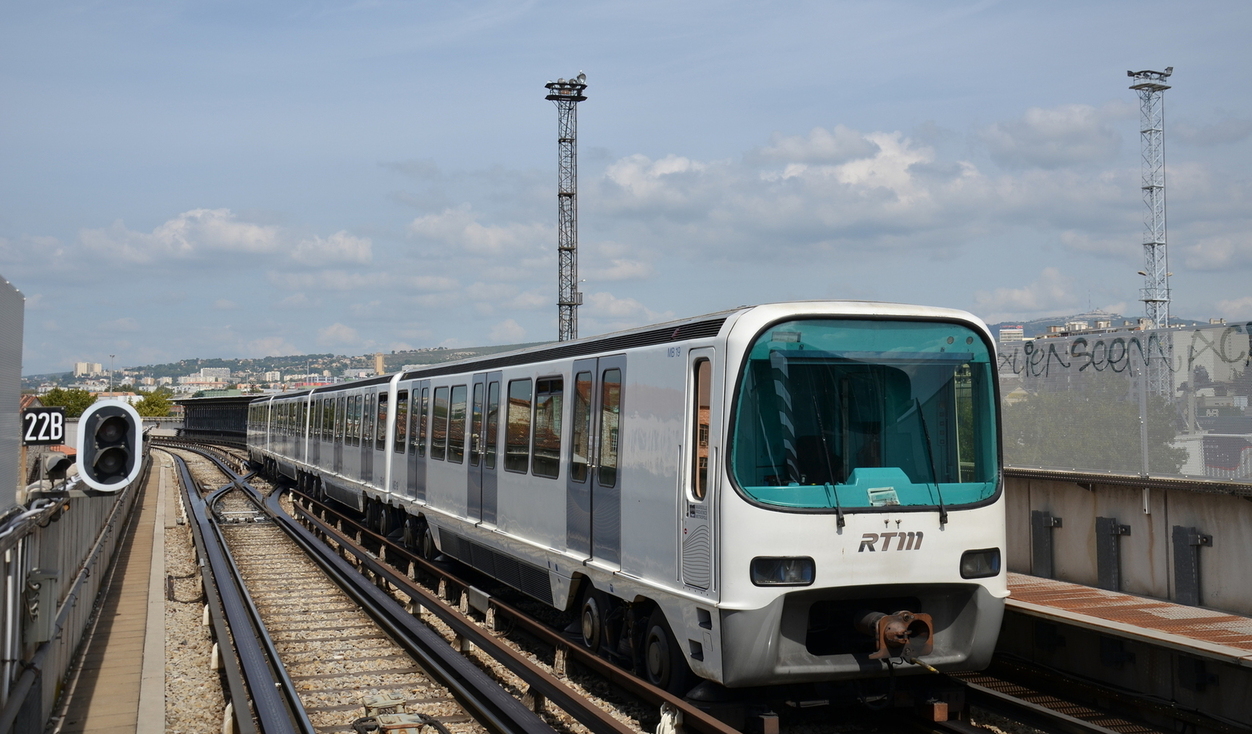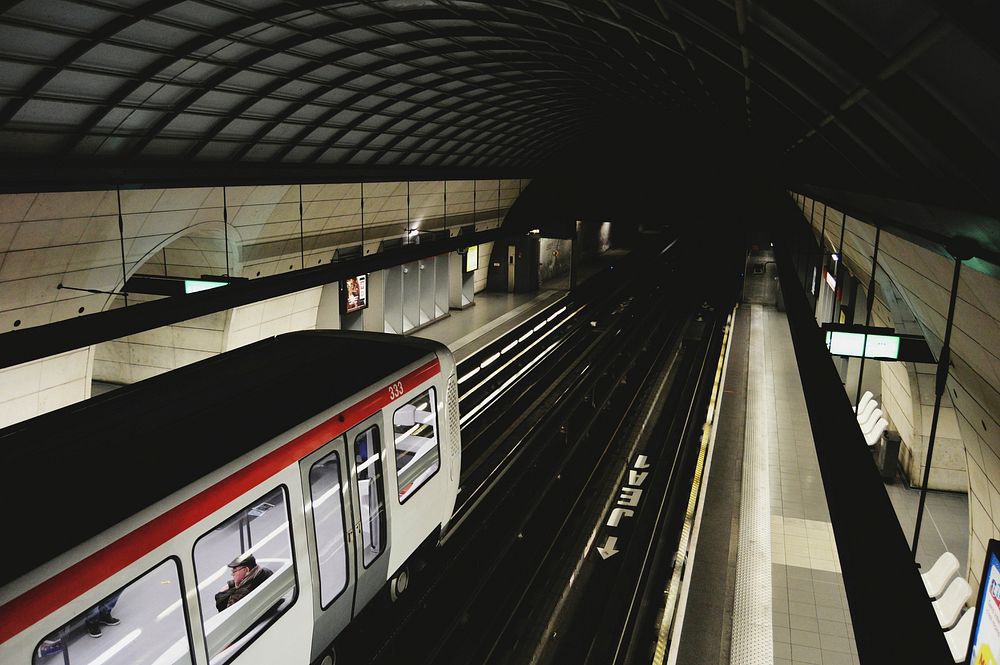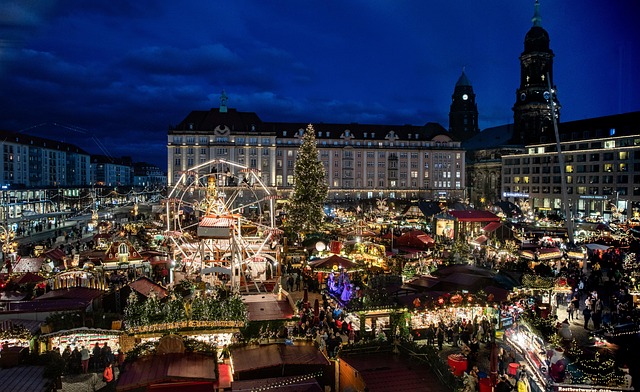Paris train stations: full guide to the main lines and destinations
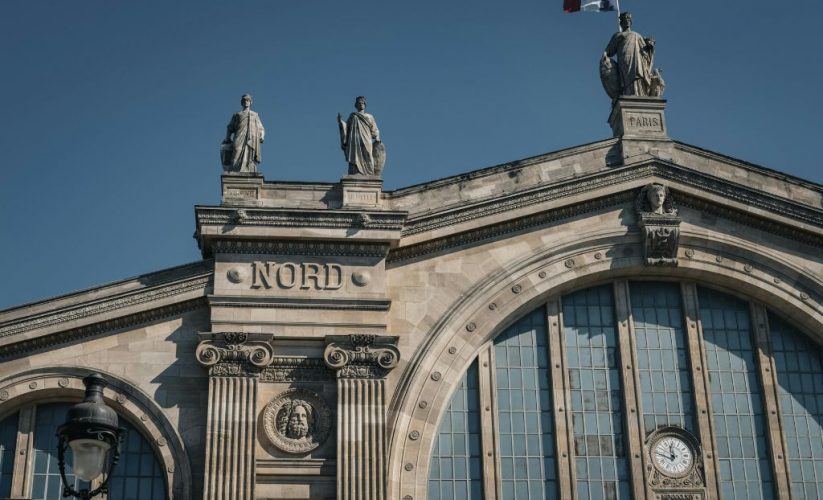
Paris, the capital of France and a major rail hub in Europe, is home to several large train stations connecting the city to all regions of the country as well as to numerous destinations across Europe. Each Parisian station has its own identity, lines, and services. Whether you’re traveling for work, studies, or leisure, understanding the specific features of the Paris rail network will help you plan your trips with complete peace of mind.
The main train stations in Paris
The French railway network in Paris is organized around several stations forming a belt around the city center, each one serving a different part of the country. These iconic buildings see thousands of travelers pass through every day — whether for a short Transilien journey or a long TGV trip.
1. Gare du Nord: the gateway to international destinations
Gare du Nord is not only the busiest station in Paris, but also in Europe. It serves northern France (Hauts-de-France, Picardy, Lille, Amiens, Calais) and many international destinations such as Brussels, Amsterdam, and London thanks to Thalys and Eurostar. This emblematic station is a true starting point for rail traffic to the north of the continent. RER lines B, D, and E, as well as several metro lines (4 and 5), connect it to the rest of the Parisian network.
2. Gare de l’Est: the link to the Grand Est region
Located in the east-central part of Paris, Gare de l’Est serves the Grand Est region — Alsace, Lorraine, and Champagne. It’s the departure point for Reims, Nancy, Metz, and Strasbourg. Built in the 19th century in a classical style typical of major Parisian railway buildings, the station is accessible via metro lines 4, 5, and 7. It offers TGV Est, TER, and Ouigo trains to several regional destinations.
3. Gare de Lyon: heading south to the Mediterranean
Heading southeast! Gare de Lyon is one of the best-known stations in Paris’ rail network. It serves the Auvergne-Rhône-Alpes and Provence-Alpes-Côte d’Azur regions, with trains to Lyon, Marseille, Nice, and Avignon. This is where the TGV Méditerranée and Ouigo Sud-Est lines depart. The station’s main building, with its large clock tower and iron bridge, is part of Paris’ architectural heritage. Inside, travelers can enjoy the historic restaurant Le Train Bleu, or access RER lines A and D and metro lines 1 and 14.
4. Gare Montparnasse: towards the west and Brittany
Located in the southwest of the capital, Gare Montparnasse serves Brittany, western Normandy, and the Loire Valley (Nantes, Rennes, Le Mans, Tours, Angers). It is the departure point for TGV Atlantique, known for its speed and modern design. Connected to metro lines 4, 6, 12, and 13, it provides quick access to central Paris. The station includes several coworking spaces, Ouigo terminals, and a large, modern hall. It holds a strategic position in the western rail network of France.
Fun fact: this is where the first TGV Atlantique departed in the 1980s, marking a revolution in the French railway system.
5. Gare Saint-Lazare: western Paris and Normandy
This is the oldest of the major Parisian stations still in operation. Located in the west-central area, Gare Saint-Lazare serves Normandy — Rouen, Caen, Le Havre, Deauville…
It’s also heavily used by Transilien commuter trains heading to the western suburbs (Cergy, Versailles, Mantes-la-Jolie). The station is connected to metro lines 3, 12, 13, 14 and RER line E, as well as several bus lines. Recently renovated, it features a large shopping mall, restaurants, and a modern waiting area.
6. Gare d’Austerlitz: in the heart of the Loire Valley
Gare d’Austerlitz is one of the oldest stations in the Paris rail network. It mainly serves central and southwestern France, including Orléans, Tours, Limoges, and Toulouse. It also handles Intercités trains and night lines heading south. Its vast hall, currently under renovation, retains its period charm. You’ll find metro lines 5 and 10, RER C, and easy access to the Jardin des Plantes district and the Pont d’Austerlitz. Once renovation is complete, it will become a major hub for TER regional trains and Ouigo Train Classique services.
7. Gare de Bercy: calm and convenience
Smaller and quieter, Gare de Bercy complements Gare de Lyon by handling night trains and Intercités services to Burgundy and Auvergne. It’s connected to metro lines 6 and 14. Less crowded, it attracts travelers looking for calm and easy access to the Seine and Bercy Village. A clear layout makes it easy to navigate, with parking, ticket machines, and a relaxation area available. It’s a convenient alternative to the busier central stations.
Connections between Paris train stations
One of the biggest strengths of the Paris railway network is the density of its RER and Transilien systems, linking all stations together. Thanks to the rail belt and metro lines, it’s easy to get from one station to another:
- Gare du Nord ↔ Gare de l’Est: 5 minutes on foot.
- Montparnasse ↔ Lyon: metro lines 6 + 14 (about 25 minutes).
- Saint-Lazare ↔ Gare du Nord: RER E (~20 minutes).
- Austerlitz ↔ Bercy ↔ Lyon: direct connection via metro line 14.
RER lines (A, B, C, D, E) and Transilien trains also serve the entire Île-de-France region, including Val-de-Marne, Hauts-de-Seine, and Seine-Saint-Denis.
Common services across Paris stations
To improve the traveler experience, each Paris station offers a wide range of services:
- Automated luggage lockers.
- Relaxation areas and free Wi-Fi zones.
- Shops, cafés, and restaurants.
- Accessibility assistance for travelers with reduced mobility.
- Rail company offices (SNCF, Ouigo, Intercités).
- Information desks for timetables and destinations.
Practical tips for traveling from Paris
- Arrive 30 minutes before departure to allow time for checks and boarding.
- Check your train times on the SNCF Connect app.
- If you’re changing stations, allow at least 1 to 1.5 hours.
- Traveling from abroad or another region? RER B and metro line 14 connect Paris directly to Roissy (CDG) and Orly airports.
- Staying near a station? Consider a furnished rental with Lodgis — ideal for medium- or long-term stays.
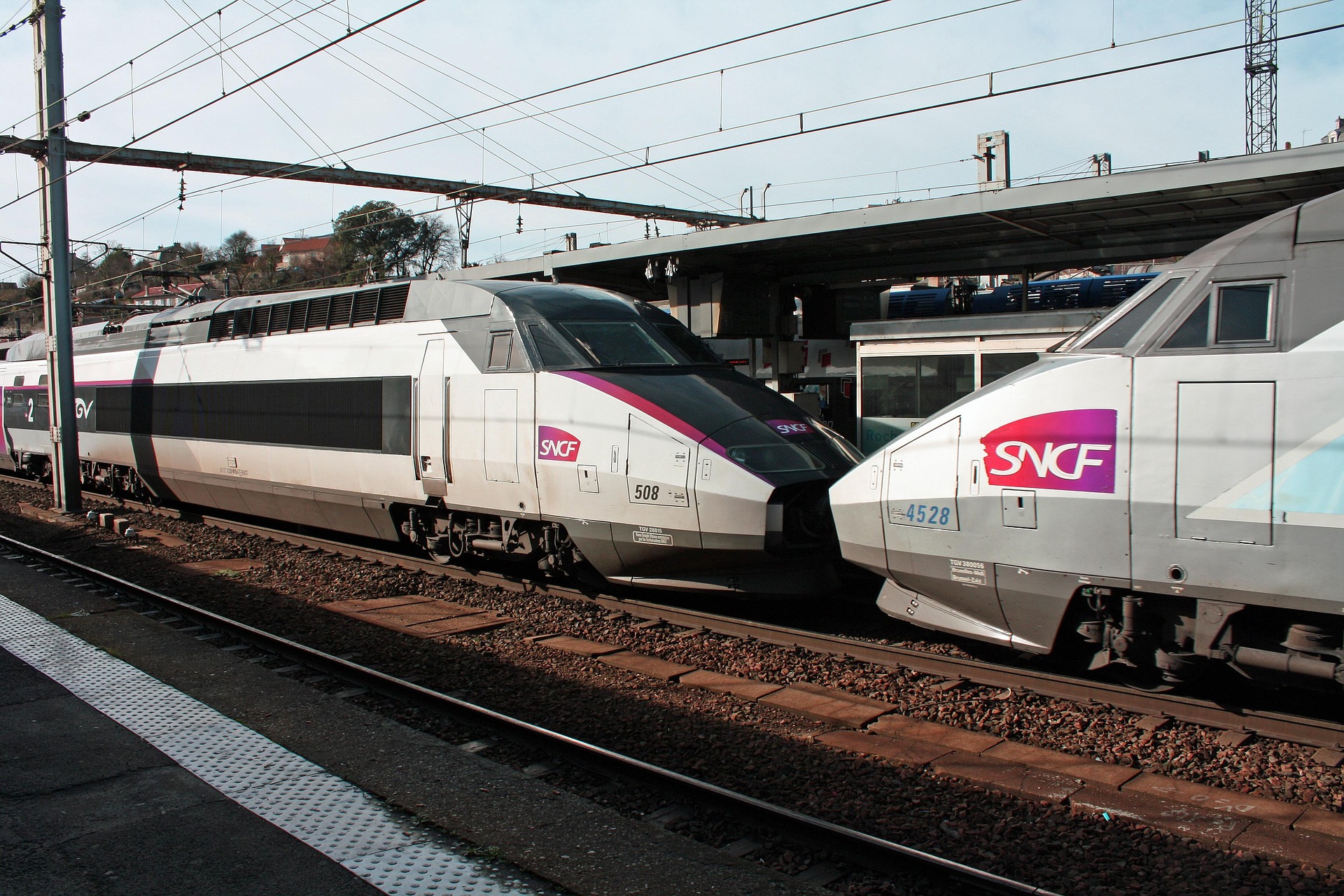
FAQ: Everything you need to know about the train stations in Paris
- Which is the largest station in Paris?
Gare du Nord is the busiest, serving the greatest number of national and international destinations. - Which station serves international trains to Europe?
Gare du Nord handles most European routes (Belgium, Netherlands, UK). Gare de l’Est also offers trains to Germany, Luxembourg, and Switzerland. These two stations are key hubs in the European high-speed network. - Which station should I choose for night trains?
Intercités night trains mainly depart from Gare d’Austerlitz or Gare de Bercy, with routes to Nice, Cerbère, and Briançon — perfect for long-distance travel. - Which stations are closest to central Paris?
Gare du Nord, Saint-Lazare, and Gare de Lyon are located in central arrondissements, offering excellent access to urban transport (RER, metro, bus). They form the main departure points of the Paris rail network, well connected to other districts. - Which station serves the Loire Valley and western France?
TGV Atlantique trains departing from Gare Montparnasse serve major western cities like Rennes, Nantes, Angers, Le Mans, and Tours, as well as TER lines to the Loire Valley.
Conclusion
The train stations of Paris are much more than departure points — they represent the heart of the French railway network, connecting the capital to the rest of France and Europe. Whether it’s a TGV to Lyon, a TER to the Loire, a Transilien to Normandy, or a Ouigo to Marseille, each Parisian station plays a key role in travelers’ mobility.
With modern infrastructure, efficient connections, and a wide range of services, Paris remains an essential rail hub in Europe.
And if you’re looking to stay near a station or relocate to another major French city, Lodgis is here to help — whether you’re a student, professional, or property owner.
Lodgis offers furnished apartments throughout France, especially in:
- Paris,
- Lyon,
- Bordeaux,
- Toulouse,
- Montpellier,
- and many other cities
With over 25 years of experience in furnished rentals, Lodgis makes settling in easy thanks to verified apartments, multilingual support, and recognized expertise in furnished property management.










